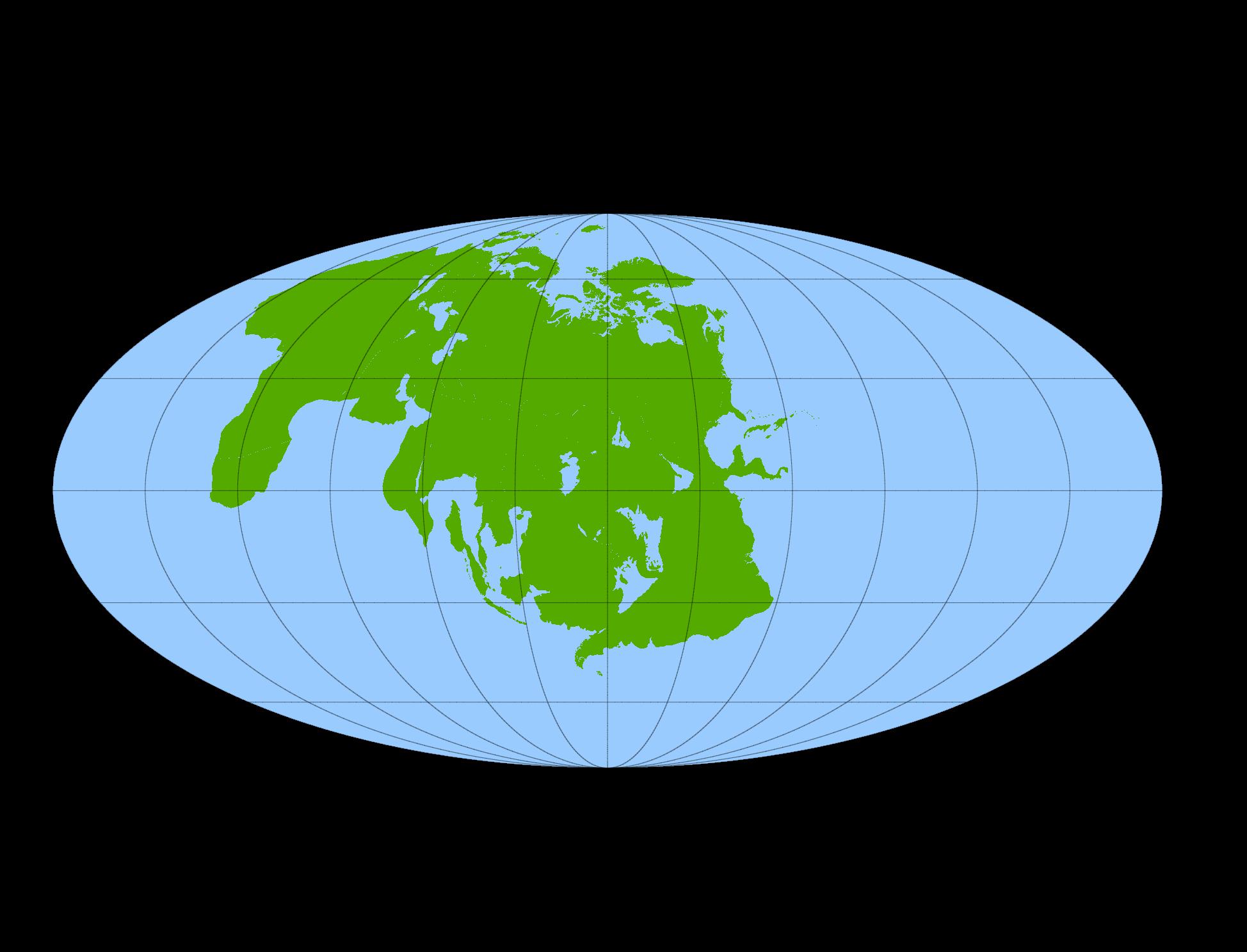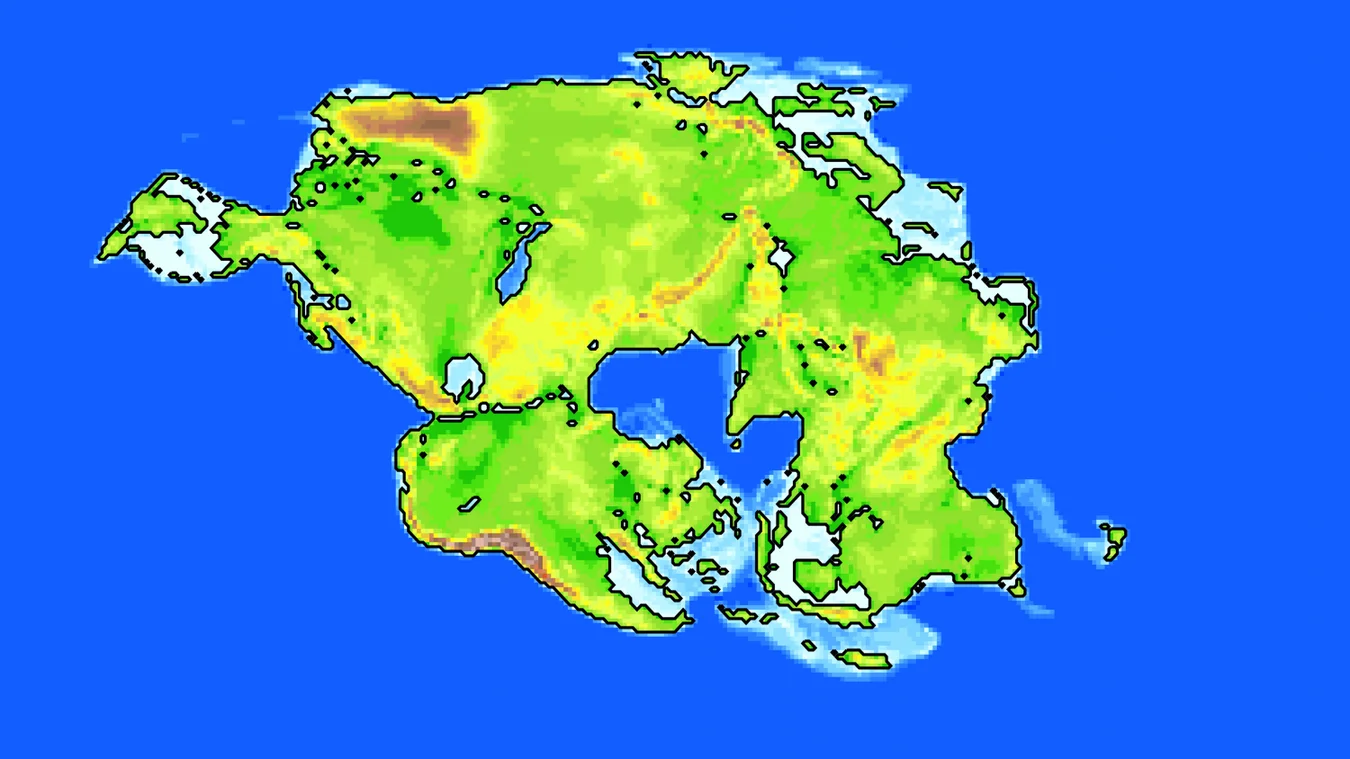[Most Recent Entries] [Calendar View]
Monday, April 14th, 2025
| Time | Event |
| 8:00a | What Was Smoot-Hawley, and Why Are We Doing It Again? Anyone? Anyone? When most Americans think of the Smoot-Hawley Tariffs, they think of economic disaster. But if you ask why, most Americans may need a short refresher course. Below, you will find just that. Appearing on Derek Thompson’s Plain History podcast, Douglas Irwin (an economist and historian at Dartmouth) revisits the 1930 Smoot-Hawley Tariff Act, which raised tariffs on over 20,000 products imported into the United States. The law was passed despite warnings from executives like Henry Ford (who called the tariff act “an economic stupidity”) and a petition signed by 1,028 American economists, who argued that the tariffs would raise prices and spark a trade war, leaving the United States isolated. Their concerns were ultimately well-founded. The Smoot-Hawley Tariffs, supported by a Republican president and Congress, had the unintended consequence of deepening, not ending, the Great Depression. Mark Twain allegedly said that “History doesn’t repeat itself, but it often rhymes.” But sometimes history may well repeat itself or come very close, and that’s where we seem to be headed right now. As in 1930, we have Republicans implementing new tariffs, but this time with the hope of re-engineering the world economy and bringing manufacturing back to America. Meanwhile, economists (even conservative ones) warn that these policies risk repeating the mistakes of Smoot-Hawley. Below you can hear the assessment of the economic historian Niall Ferguson, who, in speaking with Bari Weiss, explains why Donald Trump’s tariffs will fail to re-industrialize America. The golden age of manufacturing in America is long gone, and it’s not coming back, partly thanks to automation. (Morgan Housel has more to say on that.) But even worse, the chaotic implementation of these policies risks triggering a trade war, “a major financial crisis comparable in scale to 2008,” or even a military crisis that an isolated America would be ill-equipped to handle. Speaking on Meet the Press this weekend, investor Ray Dalio ominously voiced very similar concerns, saying “something worse than recession” may be on the horizon. For another take, you can hear Preet Bharara’s conversation with Justin Wolfers, where the Australian economist warns that Trump’s tariffs may have few benefits and mostly costs, some quite profound. By launching a trade war, America will trade less and find its global influence diminished, leaving a void that China can fill. Echoing Niall Ferguson, Wolfers also cautions that you can’t turn back the economic clock. He notes:
How have we reached the point where we’re running the same failed experiments again, all to reclaim an illusory bygone economic age? It’s a hard question to contemplate, but I ask that question again. Anyone? Anyone? Anyone? Related Content The Steps a President Would Take to Destroy His Nation, According to Elon Musk’s AI Chatbot, Grok |
| 9:00a | What the World Will Look Like in 250 Million Years: Mapping the Distant Future Most of us now accept the idea that all of Earth’s continents were once part of a single, enormous land mass. That wasn’t the case in the early nineteen-tens, when the geologist Alfred Wegener (1880–1930) first publicized his theory of not just the supercontinent Pangea, but also of the phenomenon of continental drift that caused it to break apart into the series of shapes we all know from classroom world maps. But as humorously explained in the Map Men video above, Wegener didn’t live to see these ideas convince the world. Only after his death did other scientists figure out just how the geological churning under the planet’s surface caused the continents to drift apart in the first place.
With that information in place, Pangea no longer seemed like the crackpot notion it had when Wegener initially proposed it. Less widely appreciated, even today, is the determination that, as the Map Men put it, “Pangea, far from being the original supercontinent, was actually the eleventh to have formed in Earth’s history.” It seems that the continents have been cyclically breaking apart and coming together again, with no sign of the process stopping. When, then, will we next find ourselves back on a supercontinent? Perhaps in 250 million years or so, according to the “Novopangea” model explained in the video, which has the Pacific ocean closing up as Australia slots into East Asia and North America while Antarctica drifts north.
Related Content: Map Showing Where Today’s Countries Would Be Located on Pangea Pangea to the Present to the Future: Watch Animations Showing 500 Million Years of Continental Drift A Web Site That Lets You Find Your Home Address on Pangea Based in Seoul, Colin Marshall writes and broadcasts on cities, language, and culture. His projects include the Substack newsletter Books on Cities and the book The Stateless City: a Walk through 21st-Century Los Angeles. Follow him on the social network formerly known as Twitter at @colinmarshall. |
| << Previous Day |
2025/04/14 [Calendar] |
Next Day >> |



